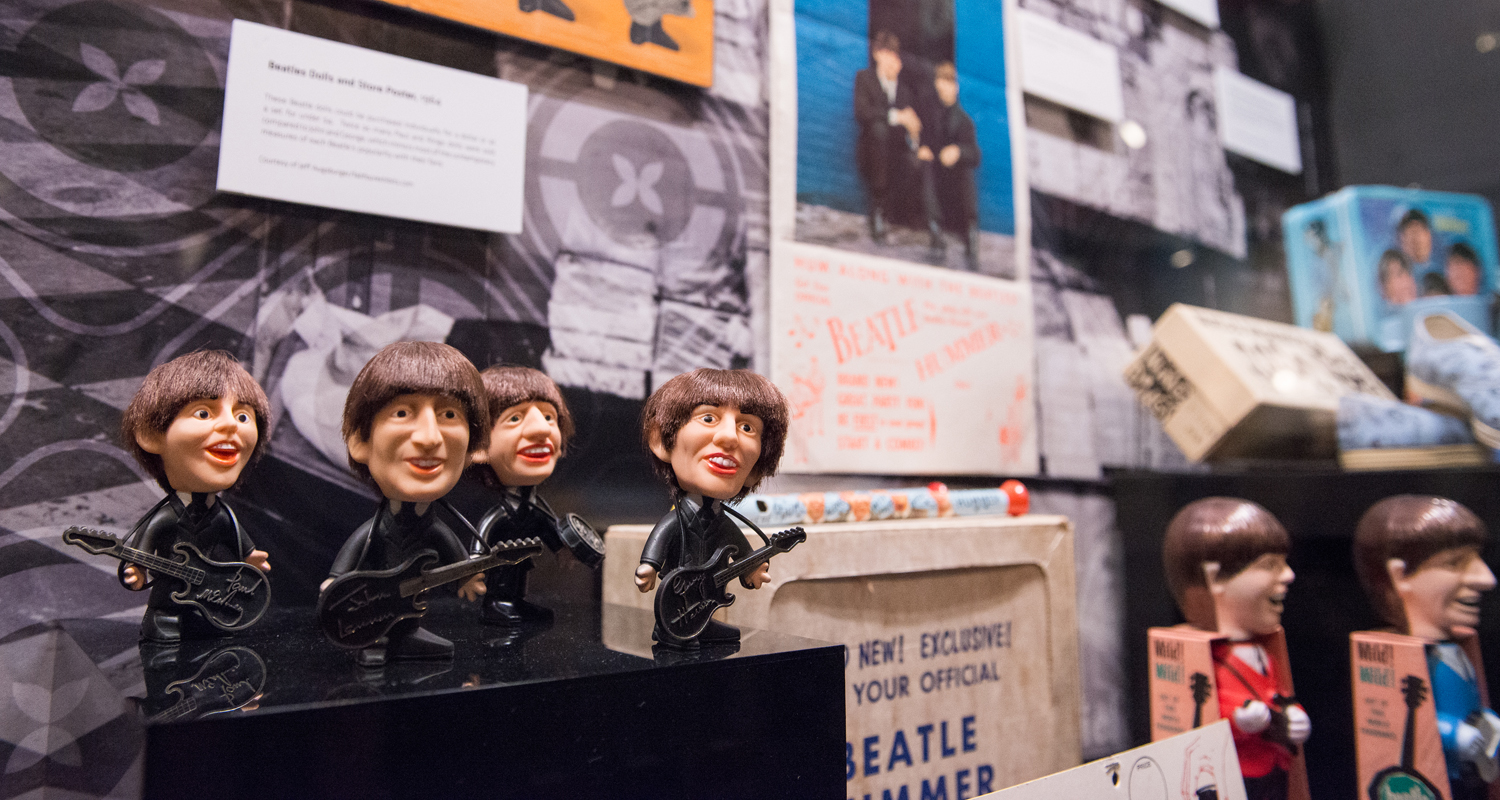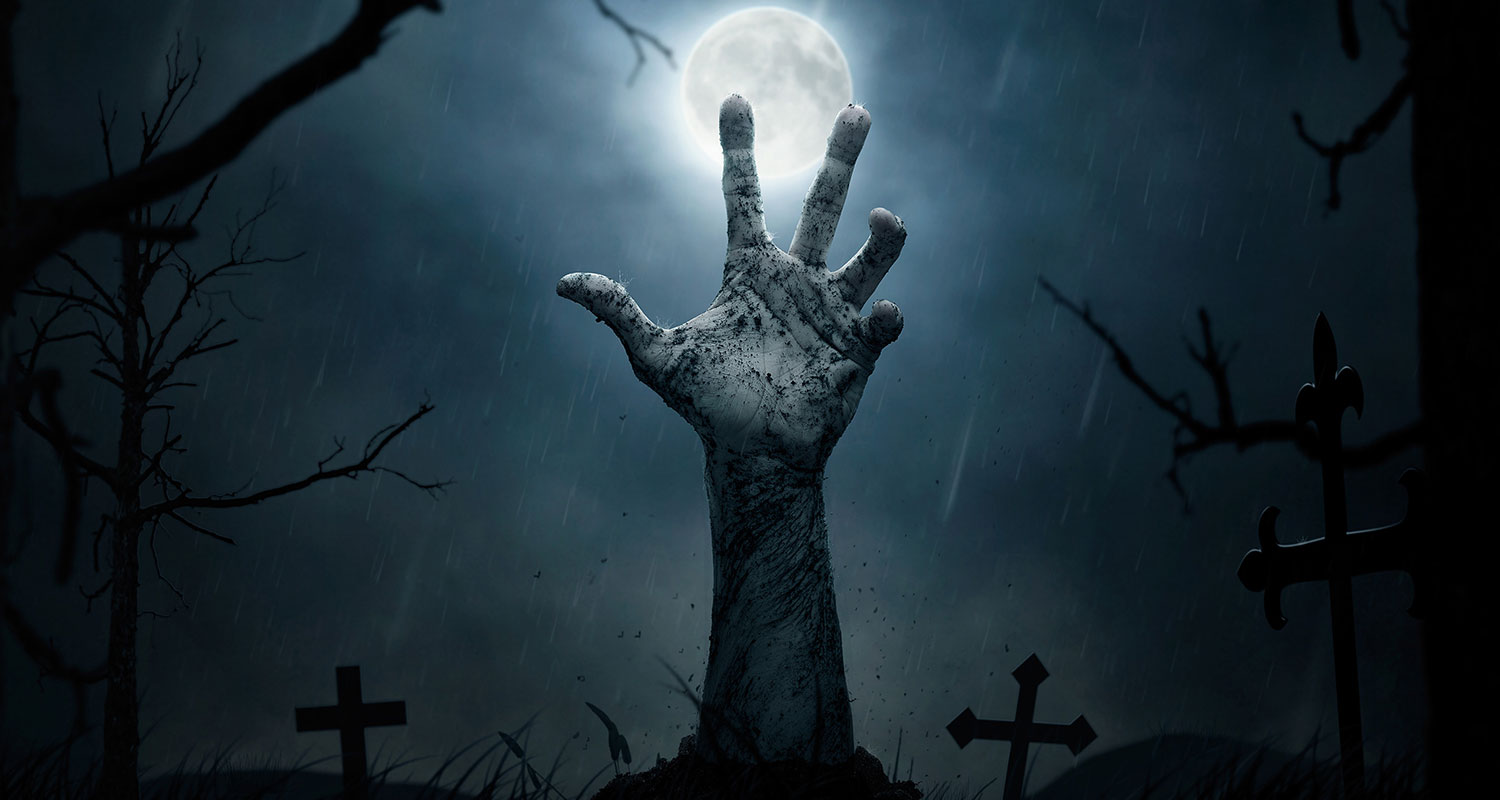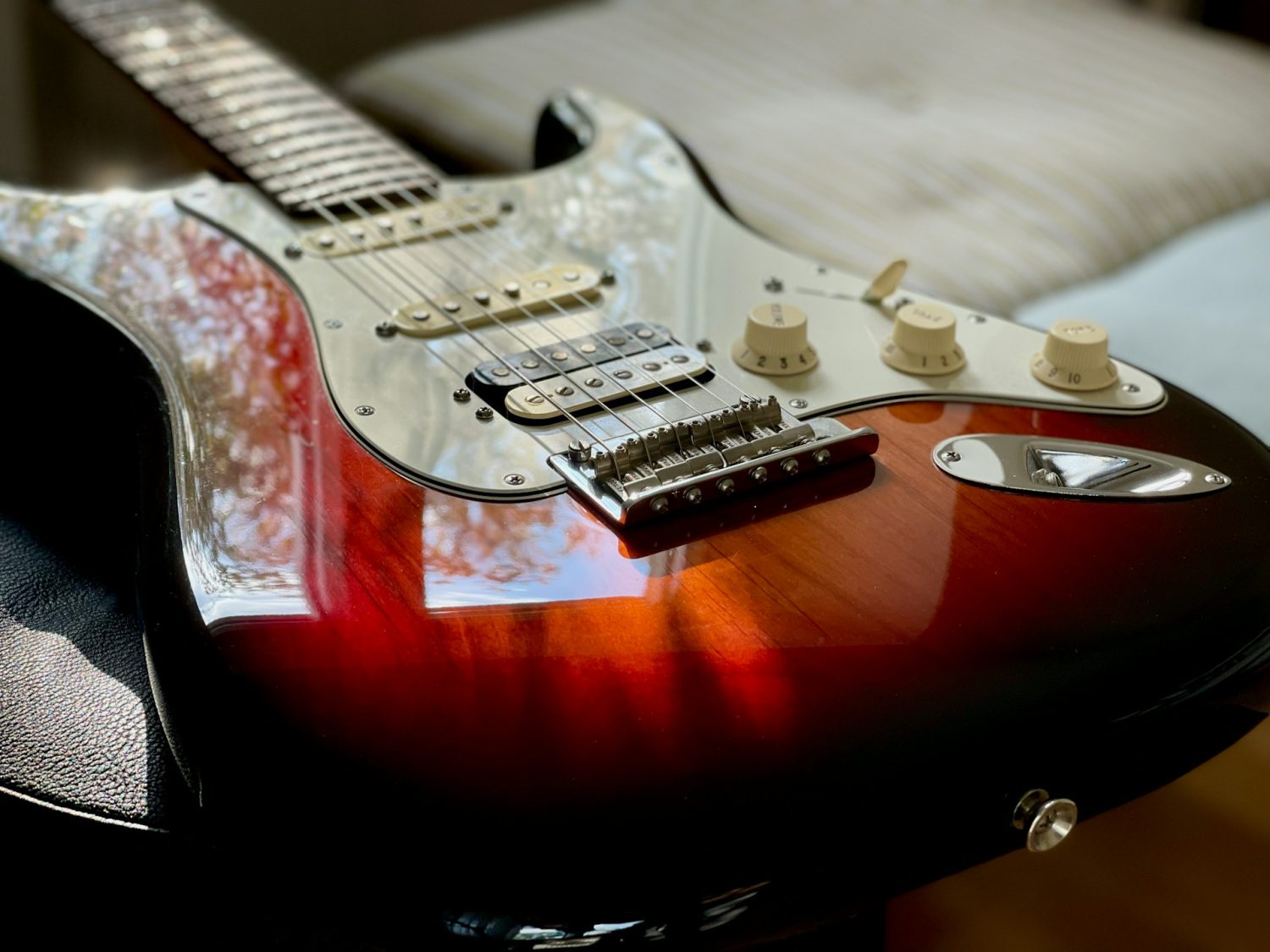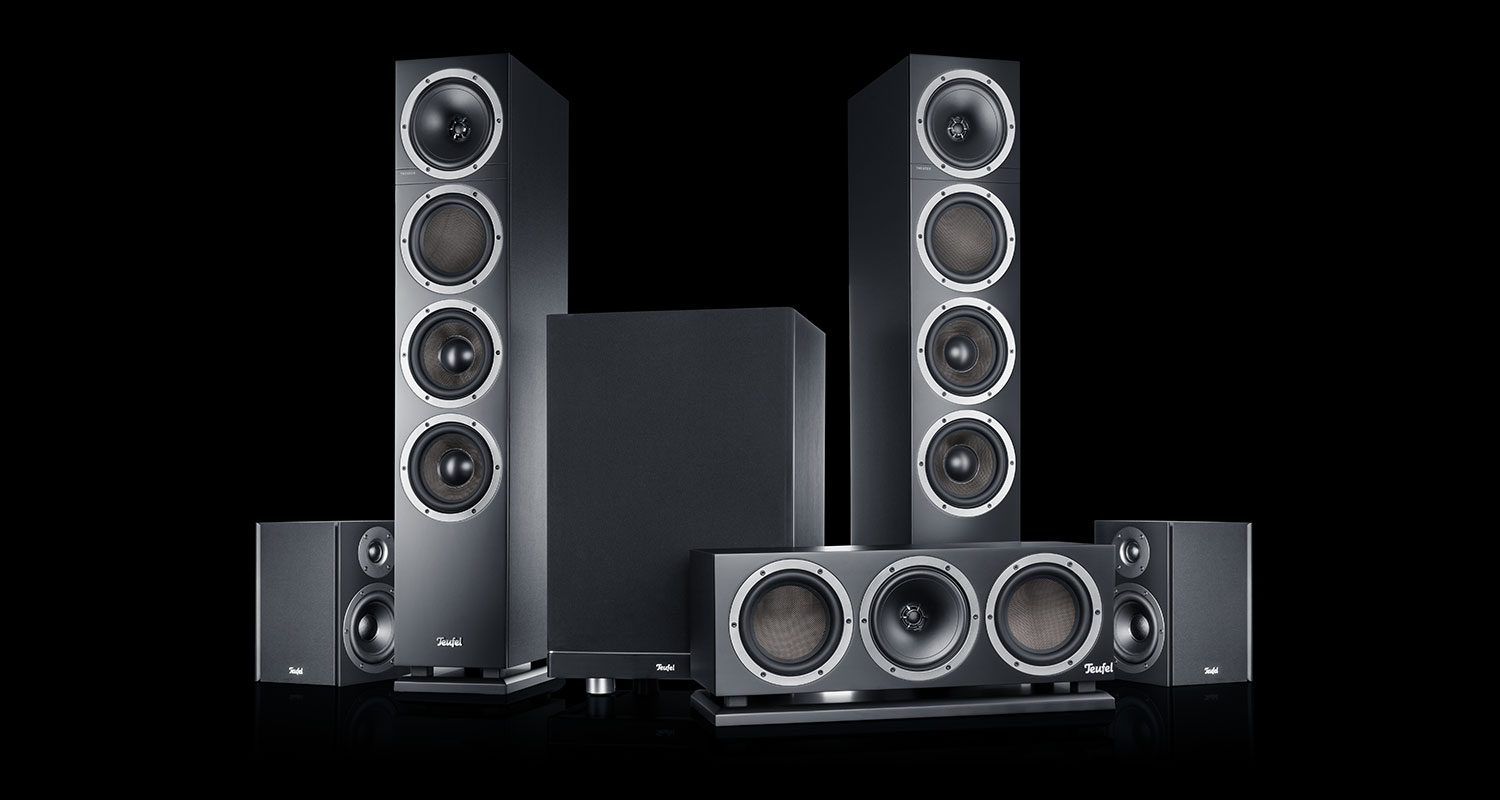-
The revolution will be televised
73 million viewers tuned in. This is an unbelievably high number then and now. To provide a bit of perspective, consider that the 2012 debate between Mitt Romney and Barack Obama drew 70 million viewers. Otherwise, the only programs to have so many people tune in tend to be the very last episodes of very popular shows. 76 million people, for instance, viewed the last episode of Seinfeld which ran for 9 years and went out at the top of its game.
When the Beatles appeared on the Ed Sullivan show in 1964, they had just one year of true fame behind them with the release of their first LP Please Please Me, and this experienced very uneven airplay in the United States until the release of Meet the Beatles by Capitol Records on January 20, 1964. Their first hit single, “I Want to Hold Your Hand” debuted a month earlier, but this was less than two months prior to the show. And yet a full 34% of the American population tuned in to watch this rock quartet from Liverpool perform. Why?
Bringing it all back home
You have to remember, British bands weren’t big in the U.S. in 1964. Americans at the time listened almost exclusively to home grown artists: The Beach Boys, Bobby Darin, The Four Seasons, and Brenda Lee, to name a few. There was simply no precedent for a group from the UK coming over and playing their version of American music to Americans. If you had told someone in 1963 that British music would soon dominate U.S. airwaves, you would probably be laughed at.
Americans rightly saw themselves as the wellspring of new musical forms like jazz and rock. What did other countries have to teach them? Yet if you listen to Mr. Sullivan enumerate and thank the previous week’s guests, there is some indication that the American entertainment landscape could use some shaking up. They included a Belgian singing nun, Milton Berle, and a “puppet band.”
In the context of what had passed for entertainment up to that moment, the Beatles appearance on Sullivan’s stage constituted nothing short of a revolution. These were young men who actually wrote their own songs and performed them fast, flawlessly, and with just the right mix of virility implied by their shag haircuts and high pitched screams, yet not so much that they couldn’t pass muster with the establishment. Paul, Ringo, John, and George walked a fine line between seeming like nice young men to grownups and something else altogether to young people. In effect, the black suits worn by the Beatles in 1964 were just camouflage in a game of guerrilla warfare with the future of music at stake. Not only had the so-called British Invasion begun, but the 60s – a time of intense cultural change – was launched.
The Beatles playlist: A recipe for hysteria
The Beatles began their 5 song set with the sweet but fast-paced “All my Loving”, followed by a tame cover from The Music Man, “Till There Was You”. At that point, all the parents at home must have breathed a sigh of relief. These boys might have longish hair, but they were no threat to the social order.
How wrong they were! The first half of the program ended with “She Loves You”, the first song that really exemplified the Beatles’ style in all its fast-paced infectiousness. Uniquely, it began with the chorus including those adolescently cheeky “yeah, yeah, yeahs,” had a driving beat – the so-called “big beat” of the early 60s – and that scream. Little Richard may have invented it, but McCartney proved himself the master. His high-pitched, powerful, but beautifully controlled “whooos” sent the girls in the audience into an absolute frenzy. And that was just the first half!
After what must have seemed an agonizing wait during advertisements and other guest appearances, the Beatles picked up where they left off with “I Saw Her Standing There”. The song starts with a rousing “two, three, four” and again, McCartney had ample opportunity to let loose his signature “whooos.” But this song upped the ante with a completely uninhibited primal yell before the guitar solo. Ringo’s driving big beat style was also back in force. The set concluded with the slower, “I Want To Hold Your Hand” – their first hit in America. All the girls in the audience knew it and the screaming can be heard at even higher decibels. By the end of the song, full-on hysteria had been unleashed.
The future is now
What else was unleashed that Sunday night 50 years ago? The era of the singer-songwriter, the opening up of rock and pop music to more intelligent lyrics and themes (no “You ain’t nothin’ but a hound dog” for these boys), experimental recording techniques, and the increasing influence of mind-altering drugs on music starting with that line, “It’s such a feeling that my love, I get high” (which plenty of people including Bob Dylan heard, even though the line actually was, “I can’t hide.”) just to name a few; and the neither music, nor anything else, would ever be the same again.
The Beatles: a living musical legacy
Don’t believe us? Here’s an experiment: listen to the Beatles’ 1967 album Rubber Soul and then check out 1957’s Gene Vincent and The Blue Caps for a good example of the typical rockabilly sound of just ten years prior. Gene Vincent emits a fair number of primal screams of his own on this album – McCartney and Lennon didn’t invent that. Then give Little Richard’s Here’s Little Richard – also from 1957 – a listen. You’ll see just where McCartney got his “whooos” from. When the Beatles appeared on Sullivan in 1964, they showed themselves to be excellent students of the rock legends that proceeded them, but their clever song writing, incredible melodies, sophisticated chord progressions, harmonies, and hooks already took them beyond the rough and tumble rock ‘n’ roll of the fifties that had been their inspiration. By 1967’s Rubber Soul, the music felt light years away. They had polished it, introduced existential themes (“Nowhere Man”), and – more than any artists before or perhaps since – showed that the possibilities of rock and pop were endless. Dad might have turned the TV off when Elvis appeared on Sullivan, but the Beatles stayed on that night. And they’re still on. Not many people listen to Gene Vincent and Little Richard these days, but everyone knows the Beatles. 50 years and counting.





Leave a Reply